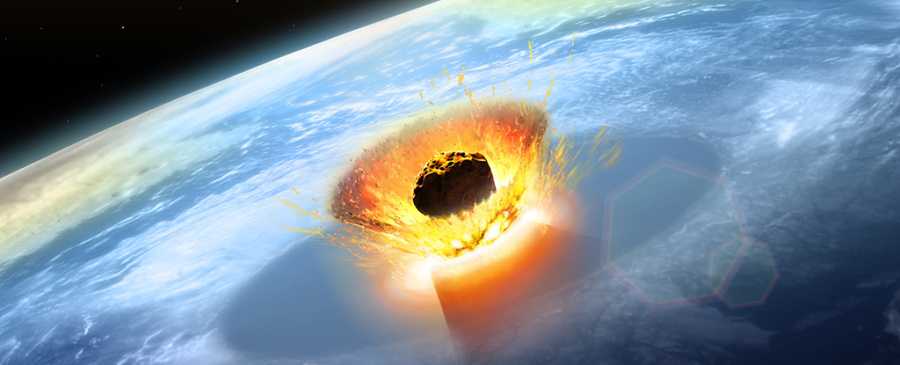
Approximately 66 million years ago, a giant asteroid fell to Earth, forming the Chicxulub crater. The dinosaurs were not warned about the approach of this terrible threat. This is reported by the ScienceAlert portal.
If such an event were to occur today, a shock wave 2 million times more powerful than a hydrogen bomb would wipe out forests and cities and cause devastating tsunamis. After some cities would have withstood the first shock wave, a subsequent earthquake of magnitude 10 would have destroyed them. Clouds of hot dust and ash would then cover the sun, causing icy cold and plunging the planet into darkness.
Unlike dinosaurs, humans are aware of potential threats, such as an asteroid impact, and may be able to take steps to prevent them. NASA, through the Office of Planetary Defense Coordination, is tracking and assessing the risks associated with dangerous asteroids in the solar system.
NASA cooperates with the global community of astronomers through the International Asteroid Warning Network (IAWN). The IAWN has procedures for notifying the public in case of detection of a dangerous asteroid heading towards the Earth.
At the beginning of the process, members of the team that identified the threat will transmit data through the IAWN network to thoroughly verify their findings and assess the level of risk. When all parties agree on the need to prepare for a possible collision, NASA will issue a warning.
For example, if an asteroid moves toward the United States, NASA will inform the White House and the government will issue an official statement. If the asteroid is large enough to pose an international threat, IAWN will notify the UN Office for Outer Space Affairs.
Currently, there are about 2,300 known potentially dangerous asteroids, with about 153 of them having a diameter of more than 900 meters. This is enough to cause a catastrophe if they collide with the Earth. The problem is that if the threat is detected less than 5 years before the expected collision, NASA will not have enough time to deflect the dangerous asteroid.

